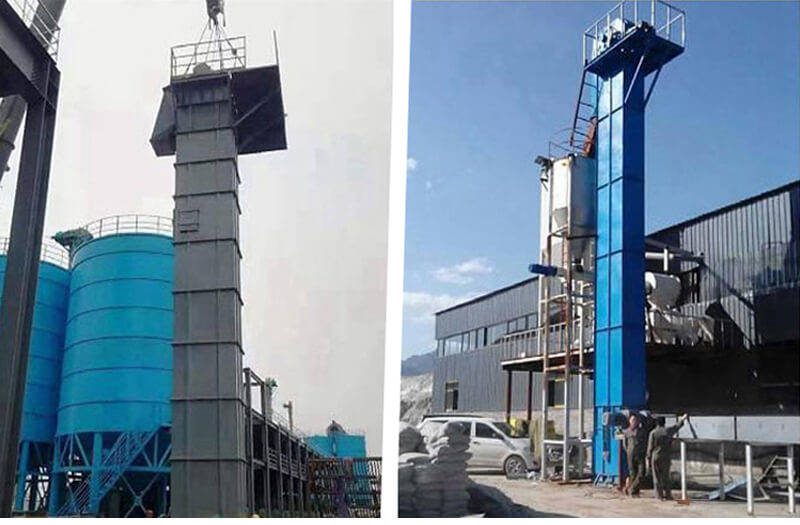を選択する。 バケットエレベーターすべての要素が重要である。選択の過程でどの面を見落としても、様々な問題を引き起こす可能性がある。最良の選択をするために、これらの要素をどのようにナビゲートすればよいのでしょうか?運搬能力、素材特性、作業環境条件、安全機能などの要素を考慮することで、最適なパフォーマンスを確保することができます。

積載量とリフト高さ
まず、運搬能力を評価する。これを無視すると、エレベータが材料要件を満たせなくなる可能性があります。これは材料搬送の遅れや生産量の不足につながる可能性があります。さらに、不十分なリフト高と搬送距離は、材料が目的地に到達するのを妨げ、蓄積と混乱を引き起こす可能性があります。
素材特性
次に、取り扱う素材に注目する。材料の特性を見落とすと、オペレーション上の問題につながる可能性がある。例えば、粘着性のある材料には、詰まりを防ぐように設計されたエレベーターが必要です。この機能がないと、詰まりが発生する可能性があり、その結果、清掃やメンテナンスのためのダウンタイムが増加する。
労働環境条件
作業環境の評価も欠かせない。環境要因をおろそかにすると、高温、多湿、腐食性物質に耐えられないエレベータになりかねません。この見落としは、機器の損傷やメンテナンスコストの上昇につながる可能性があります。
安全性と信頼性
安全性と信頼性は非常に重要です。適切な安全機能のないエレベーターを選ぶと、材料の流出、詰まり、機械的な故障につながる可能性があります。システムの信頼性を確保することは、機器と人員の両方を守ることにつながります。
サプライヤーの評判と製品の品質
最後に、評判の良いサプライヤーと高品質の製品を選びましょう。信頼できるサプライヤーは、優れたアフターサービスと耐久性のある機器を提供し、バケットエレベーターの長期的な安定性を保証します。
結論
これらの要因のどれかをおろそかにすると、重大な問題につながり、生産効率と機器の寿命に影響します。エレベーターを選択する際には、搬送能力、リフト高、材料の特性、作業環境、安全性、信頼性、サプライヤーの評判を考慮してください。これらの要素を評価することで、最適な性能を発揮する最適なシステムを選択することができます。ご質問やサポートが必要な場合は、下記までご連絡ください。 コンタクト 専門家の指導を仰ぐダーコ。
これからの記事では、一般的に使用されている2つのタイプのバケットエレベータ、N-TGDワイヤロープベルトバケットエレベータとNE/NSEプレートチェーンバケットエレベータについて説明します。これにより、それぞれの特徴、利点、応用分野を理解することができます。

